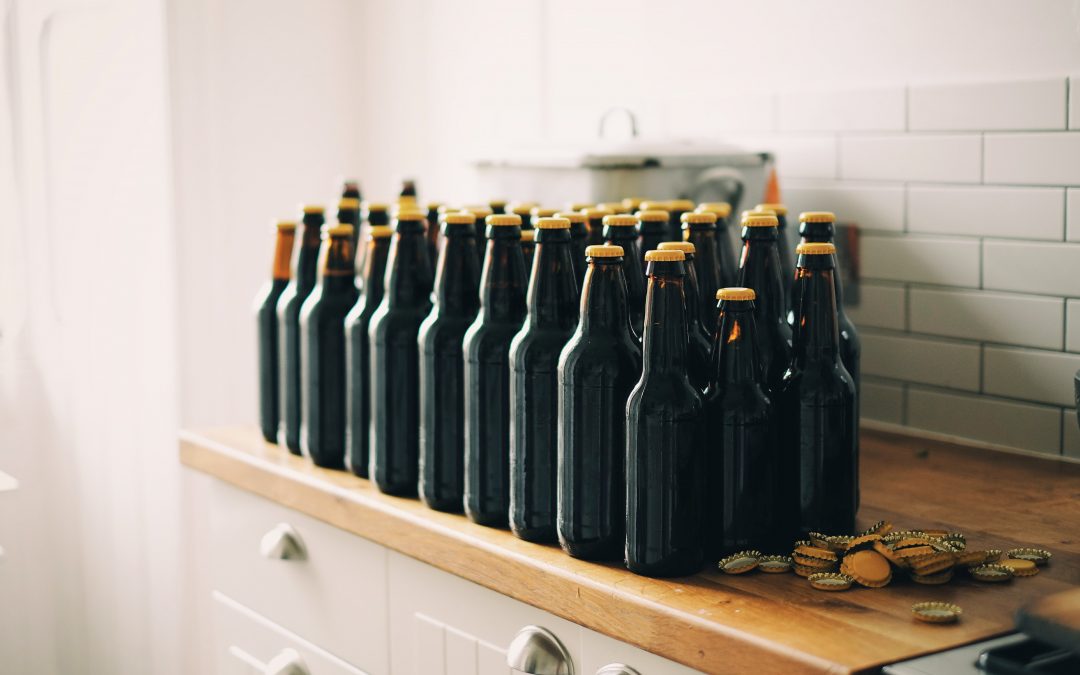I’ve been brewing my own beer at home since 2000; almost two decades! Learning how to brew your own beer is a journey, and like many journeys, there will be mistakes along the way. To avoid these mistakes and make the most of your new craft, here’s some advice.
Find a brewing buddy
I got started in brewing by observing an established home brewer make a couple of batches. Of course, now there is the Internet with YouTube videos to watch, but nothing beats seeing the steps of brewing in person. When I moved to Miami I joined a homebrew club, the Miami Area Society of Homebrewers. That’s been a great resource and inspiration over the years.
Start easy
It’s easy to set your sights high when you’re excited about a new project. However, remind yourself that you’re a beginner and will need to master some simple recipes before attempting something more difficult. Find an easy recipe and perfect your technique. Patience is key. I recommend starting with extract brews before moving on to all grain. I brewed extract beers for years, even winning awards with them in homebrew competitions, before graduating to all grain.
Clean and sanitize
It can be easy to put off cleaning your equipment. Don’t let this laziness happen to you! Cleaning your equipment haphazardly verses properly cleaning and sanitizing all of your equipment can be the deciding factor of whether your batch comes out well. The smallest bit of contamination such as dirty hands, dirty equipment, or dirty surfaces can alter the color, the clarity, and even the flavor of your beer.
Quality of water
I’ve always had good results using tap water. Some are against it and will advocate using purified water but that can be a mistake for two reasons. First of all, many beer styles need mineral salts in the water to get the right flavors. Distilled or reverse-osmosis water won’t have those salts so you would need to add them back. Secondly, expense is an issue. Why pay for water at the store when you can get it “free” from the tap? If you’re worried about the chlorine in the water, simply crush up a Campden tablet and add it to your water.
Follow the instructions
It is important to measure precisely when creating your own homebrew. Of course, once you master a few recipes, you can begin to experiment with trial and error. But, when you’re first starting out, you want to be as accurate as possible. Patience and precision are the two ingredients that will get you to a successful brew.
Control the temperature
I lived in Texas when I brewed my first batches. No basement meant warm brewing conditions and really funky beer. If a room is too cold, or too hot, your brewing process will be affected. Temperatures of the brew can increase up to 7°F simply from the fermentation process. If temperatures get too high, it can result in a higher alcohol content or making the beer too sweet. Instructions will include what temperature to keep it at so make sure you have a thermometer handy. When I moved to Pittsburgh and then to Detroit I found that the constant, cool temperature of my basement was perfect for brewing. Now that I’m back in the South with no basement, I use an upright freezer I found on craigslist with an external temperature controller to dial in the perfect fermenting climate.
Take notes
Let’s be honest here, you’re going to make mistakes. You’re going to have a few bad batches. Take notes from the very beginning. When a batch turns out bad, which it will, look back on your notes you see what you missed. Learn from your mistakes and remember that practice makes perfect!

